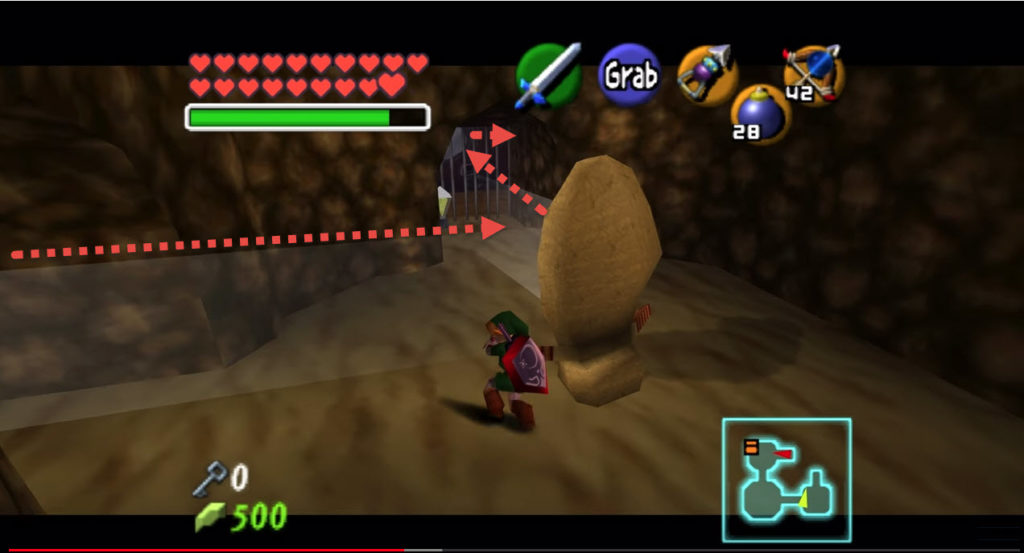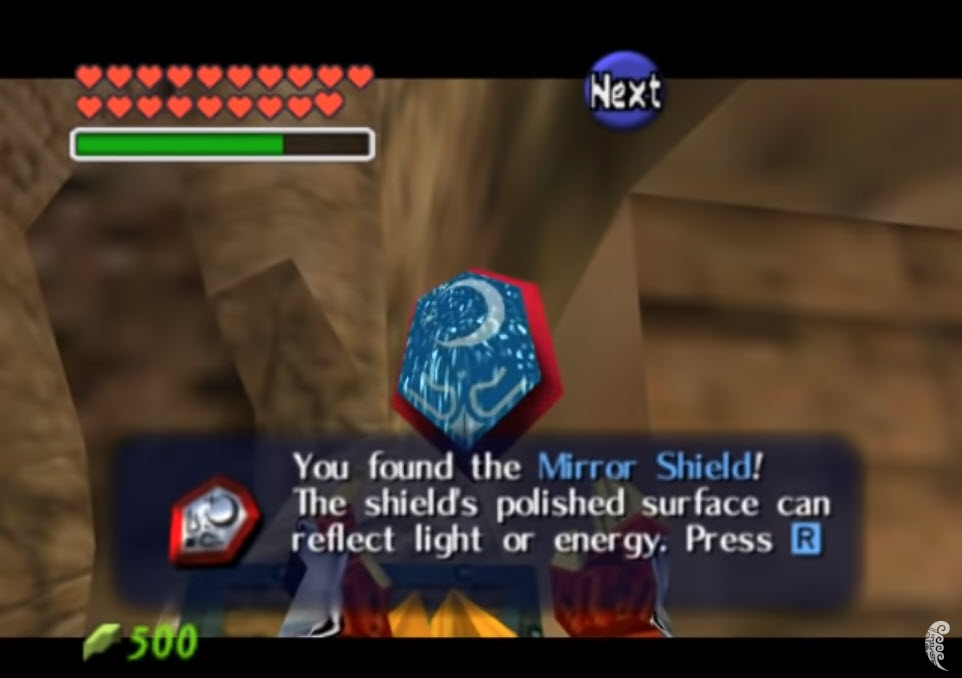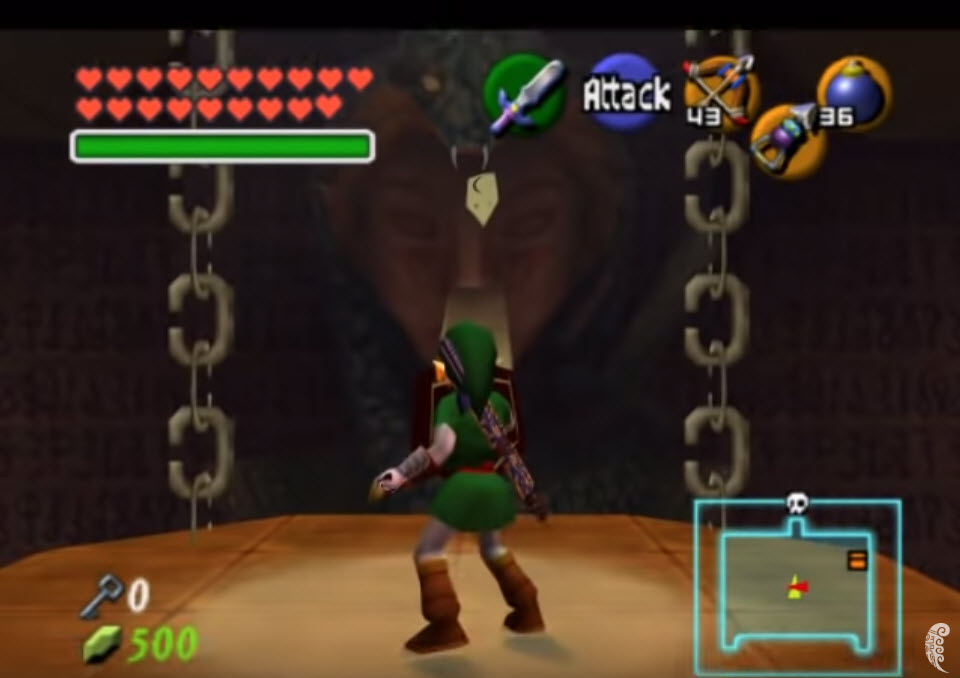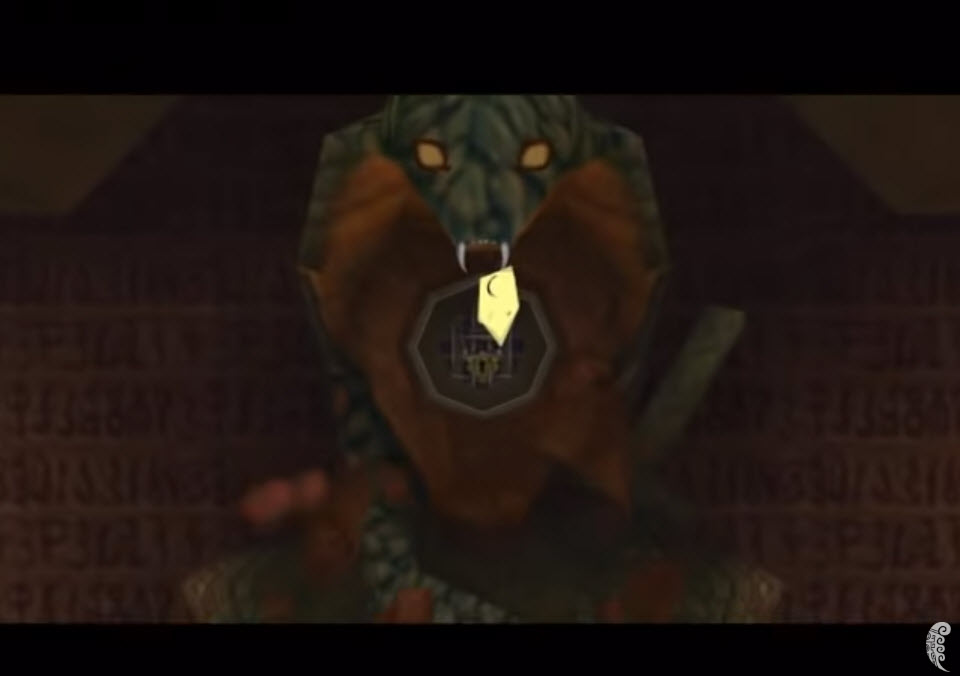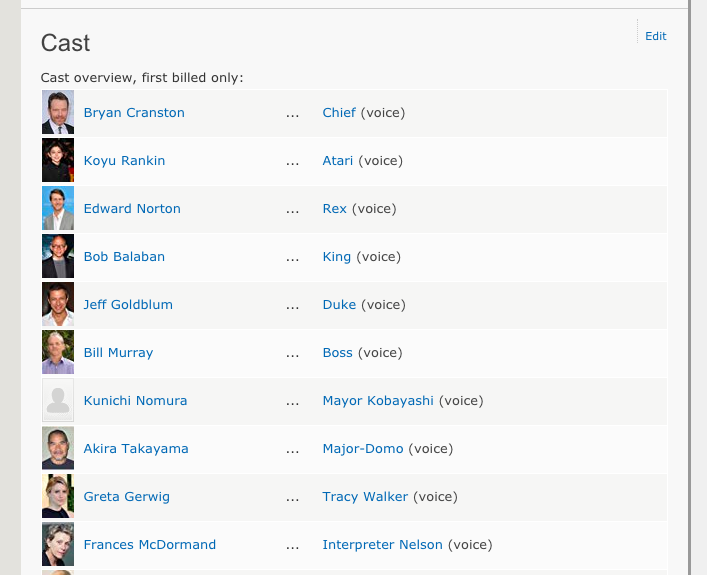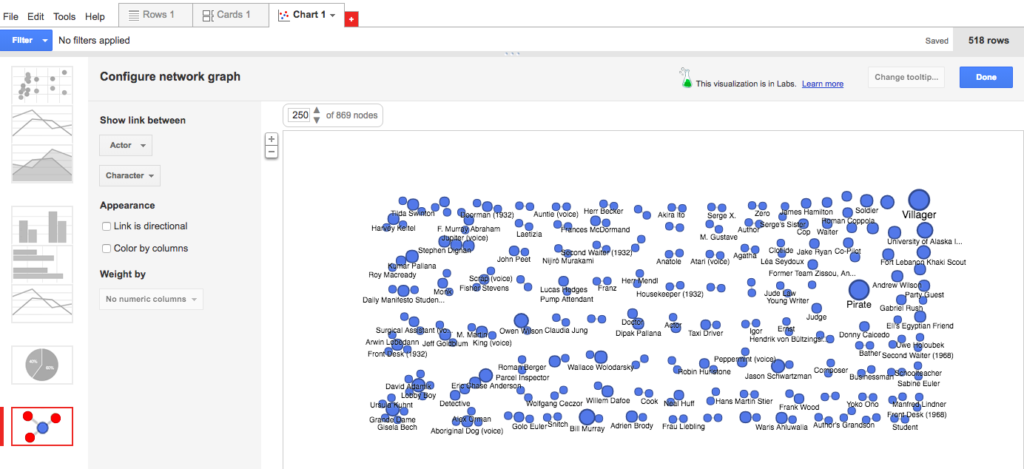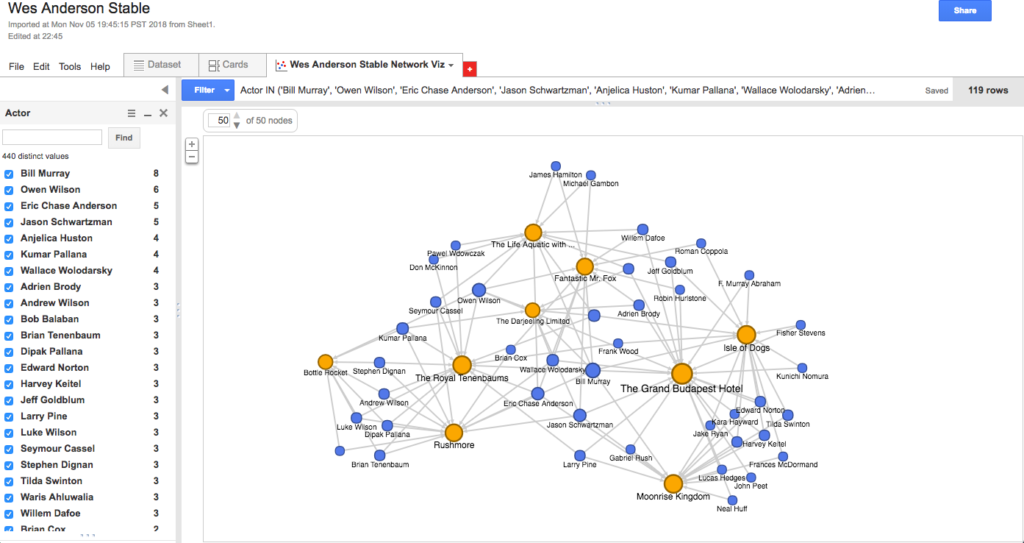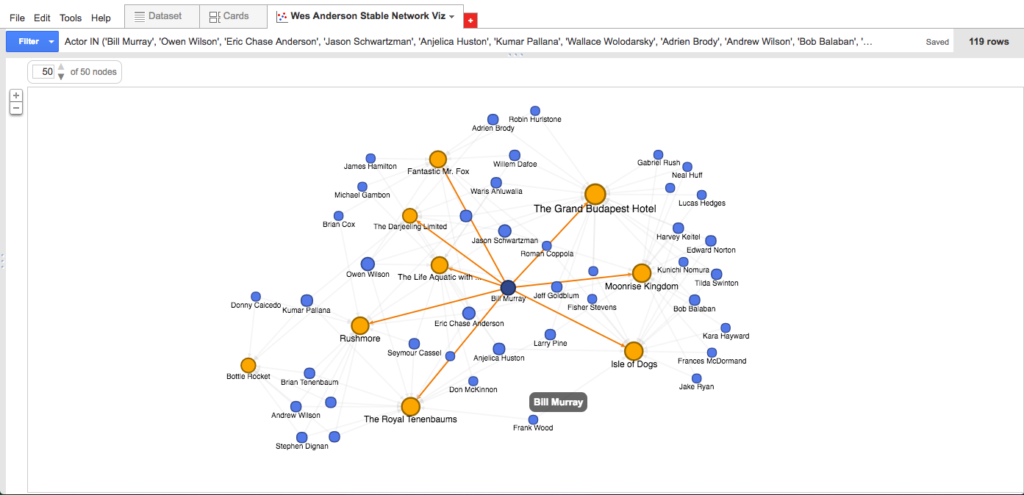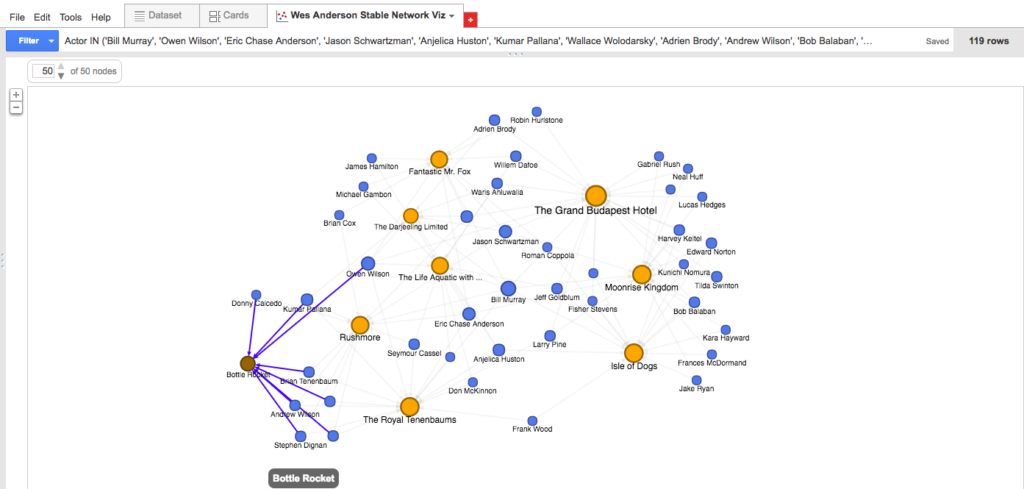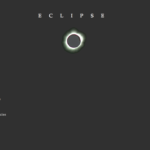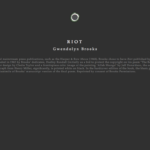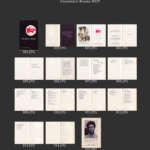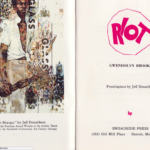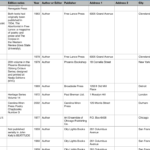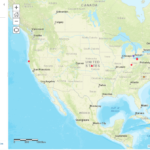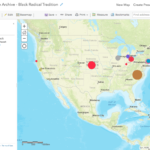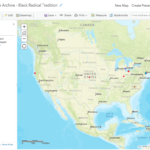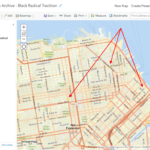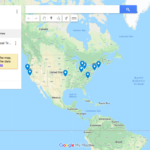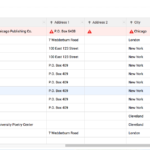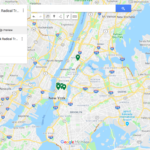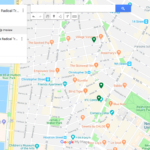Prototyping a born-digital graduate conference in digital humanities
PI: Michael Gossett (MA in Digital Humanities) | mgossett@gradcenter.cuny.edu
Overview
This proposal requests support for the planning and development of a born-digital, open-access graduate conference to be held in May 2019. The conference would be organized and jointly hosted online by the inaugural cohorts of the MA in Digital Humanities and MS in Data Analysis and Visualization programs at the CUNY Graduate Center.
The project would serve as a proof of concept for exploring the introduction of the conference’s online scholarly meeting functionality into the infrastructure or instructional documentation of open-access educational platforms such as the CUNY Academic Commons and Commons in a Box (CBOX).
There would be three phases to the larger project, of which this proposal figures as the first:
Phase 1 – Plan and prototype: Design and host in May 2019 a graduate conference in digital humanities (DH) that takes full advantage of the scholarly and social affordances of the web and makes accommodations for the particular personal and professional needs of graduate students. This phase would require the formation of a conference planning committee of MA and MS students; an advisory committee of GC Digital Fellows, librarians, and faculty; and a small stable of external consultants with experience in designing born-digital conferences and with developing infrastructure for field-building in the humanities. Phase 1 would conclude with two key deliverables:
- an innovative flagship DH conference for two new masters programs in their inaugural year at the GC; and
- a replicable (if developing) model for inclusive, accessible, cost-effective, and environmentally friendly online conferences capable of featuring critical and creative work from emerging and established scholars, educators, artists, and librarians working across interdisciplinary fields in the humanities in the United States and abroad.
Phase 2 – Develop, iterate, and share: Evaluate the scholarly, social, and technical successes and challenges of the conference for future building; consult with the GC Library and the Data and Digital Projects librarian to compose a data management and retention plan for the May 2019 conference and for the conference model going forward; and compose the white paper. This phase would require the project team to iterate on the initial conference model in preparation for additional conferences (at minimum: a May 2020 graduate conference in DH), and to possibly “fork” the model to accommodate developments required for other graduate-student-centered scholarly meetings or events in the humanities (e.g., the poetry reading, the paper workshop, the lecture series, the acting showcase, the studio art critique). Phase 2 would conclude with three key deliverables:
- a developing data management plan, created in consultation with the GC Library, for the online and archival preservation of the May 2019 conference and of any future born-digital conferences at the GC;
- a white paper on the conceptual and technical successes and challenges of the grant that would be distributed to DH graduate programs and centers in the United States and abroad; and
- one or more additional conferences or scholarly meetings in the planning or development stages for Fall 2019/Spring 2020.
Phase 3 – Refine and implement: Determine the sustainability and replicability of the initial conference model at the GC and elsewhere. During this phase, which would potentially arrive only after several cycles of phase 2, the project team would begin conversations with leadership for the CUNY Academic Commons and CBOX to explore integrating the scholarly meeting functionality developed through this project with the Commons and CBOX platforms and/or instructional documentation. These conversations would help to determine what further development and promotion would be required to make the model easily shared beyond across the GC and to institutions beyond it.
Enhancing the humanities through innovation
Note: This section seeks to adapt and apply to DH parts of Ken Hiltner’s (University of California at Santa Barbara) white paper on UCSB’s digital conference model. (See also: Environmental scan)
New technologies have opened up exciting possibilities for reimagining what humanities research looks like in the digital age. Keeping pace have been innovations in how scholars communicate this research through publishing and pedagogy, with monographs, journals, and classrooms each adopting a variety of new forms in the digital landscape. However, considerably less effort has been put into translating scholarly meetings—particularly the academic conference—into a comparable digital format, which leaves an important gap in coverage after the initial research stage and before the final publication stage in the new digital scholarship workflow. This gap disproportionately and negatively affects graduate students who, as emerging scholars, benefit most from the kinds of opportunities to share and refine works-in-progress that conferences are particularly adept at providing, and who, as students, have more limited funding options and travel time at their disposal than regular conference attendance typically calls for.
This project would look to fill the gap in coverage with a prototype for a born-digital graduate conference that would account for the particular personal and professional needs of graduate students (as hosts, as presenters, as attendees) by taking advantage of the scholarly and social capabilities of the networked web.
Though the particular format of the proposed conference would be determined by the conference planning committee in the early weeks of the project, generally speaking a born-digital conference would be conceived as one in which:
- speakers or lead participants pre-prepare their presentations (e.g., a video of them speaking via webcam or smartphone; a screen recording of a presentation via PowerPoint; some hybrid of the two, with speaker and presentation alternately or simultaneously onscreen; a string tweets or blog posts);
- talks or presentations are viewed on a dedicated conference website (e.g., WordPress) or social media platform (e.g., Twitter); and
- discussion and conversation is facilitated through online commenting forums that are kept open and active longer than the duration of a traditional conference Q&A.
Thus, a born-digital conference would have distinct advantages over a traditional conference format, several of which would be of particular import to graduate students:
More inclusive: Without a travel requirement, graduate students would be able to participate in the conference from nearly anywhere on the globe, allowing for increased attendance and a cross-pollination of ideas from national and international colleagues. Traditional graduate conferences, for a number of logistical reasons, tend to be highly local or, at best, regional, with the host institution grossly overrepresented among attendees. Because born-digital conferences can be built using largely or exclusively free, open-source software, it makes them inexpensive to host and free to attend. This allows a range of groups and institutions, particularly remote or under-resourced colleges and universities, to be able to do so.
More accessible: Born-digital conference content can be closed captioned for hard-of-hearing individuals, optimized for audio screen readers, and made available as audio podcasts. Additionally, conference talks have the potential to be captioned in more than one language, and can accommodate multiple translations through accompanying transcriptions. This means there is potential for presenters to present in their native languages with English (and other) translations, opening up the possibility of a true multilingual conference.
More citable and shareable: By existing online, a born-digital conference functions as both an event and a publication, giving nearly anyone anywhere on the globe, as long as Internet access is available, instant and lasting access to all the cutting-edge material introduced at the event. This is especially valuable to graduate students, whose developing scholarship and creative work is less likely to have a stable, citable, and shareable (i.e., published) form once the conference is over.
More available: Born-digital conferences offer graduate students the ability to create and consume conference content on their own time. This makes attending these events far more efficient, as it allows one to attend all of the presentations of interest–eliminating the unfortunate phenomenon of “competing panels”–and none of those that are not, all in the order, and at a time, of one’s own choosing. This is especially valuable to graduate students, whose classroom, teaching, work, and family responsibilities often limit their ability to devote uninterrupted time to days- or even day-long conferences.
Environmental scan
This project would look to maintain and build on several existing efforts to rethink the nature and structure of scholarly meetings, especially inasmuch as they appear in higher education via the traditional humanities conference. Three initiatives in particular serve as important touchstones for the future work of this project: the “nearly carbon-neutral” conference, the unconference, and the Twitter conference.
The “nearly-carbon neutral” conference: The University of California at Santa Barbara’s Environmental Humanities Initiative (EHI) introduced their “nearly-carbon neutral” (NCN) conference model in 2016 in an effort to eliminate the massive carbon footprint of traditional fly-in conferences. By the EHI’s estimates, an average traditional conference of 50 attendees from eight different countries would require over 300,000 miles in air travel, resulting in over 100,000 pounds of carbon dioxide in the process–the equivalent of the total annual carbon footprint of 50 people living in India or 165 people living in Kenya. To curb this, the NCN model takes a digital approach, wherein keynote addresses, plenary discussions, and panel presentations are pre-recorded as videos that are hosted on a publicly available and widely promoted conference website that remains open for viewing and commenting for approximately three weeks. In an NCN, Q&A sessions are regularly staged in a registered comments section adjacent to the presentations, with presenters and speakers committed to asynchronous engagement with commenters during the duration of the conference.
The NCN is the leading model for born-digital conferences, having been well-received by its presenters and attendees (87 percent of speakers have said “yes,” the conference was successful) and having been iterated on and refined in a total of three pilot projects at the UCSB EHI between 2016 and 2018 (here, here, and here). It is more than likely that much of what this project would attempt to do would be in large part indebted to the lessons learned and best practices established in conference organizer Ken Hiltner’s white paper and practical guide to hosting an NCN. However, even Hiltner acknowledges that this model is still very much in development, using the white paper to encourage others to “modify the NCN conference approach explored here,” “experiment,” and “let me know what worked (and what didn’t) so that future NCN conferences can be improved upon.” Since “the goal is to create a viable alternative to the traditional conference,” Hiltner says, “improvements to the approach are most welcome.”
This project would take seriously Hiltner’s call and would look for improvements to the model that would benefit the graduate student experience. The project would augment the innovations of the NCN by introducing to the eco-focused conference some additional innovations gleaned from two significant digital conference models developing in or around DH.
The unconference: The “unconference” model created by BarCAMP and popularized in DH over the past decade by THATCamp (“The Humanities and Technology Camp”) is an open, inexpensive, and highly informal type of meeting where humanists and technologists of varying skill levels gather in regional meet-ups to learn and build together in sessions proposed on the spot. Unconferences differ from traditional conferences in two significant ways: (1) the program for the unconference isn’t set beforehand by a program committee, but is mostly or entirely created by all the participants during the first session of the first day; and (2) there are no formal or prepared presentations, as sessions at the unconference are conducted less like lectures and more like seminars, where everyone participates and shapes the direction of the conversation.
The planning committee would be tasked with finding ways by which to integrate this organic and “bottom-up” unconference approach into a born-digital model that requires no physical travel accommodations and that can be easily preserved and shared online.
The Twitter conference: In the Twitter conference model used for the Public Archaeology Twitter Conference as well as for PressED, a conference on how WordPress is used in teaching and research, presenters are simply allocated approximately 15-minute time slots over the course of the day of the conference to post a 10-12- tweet-conference paper linked to other conference papers via an established hashtag.
Though likely to borrow less from this model than from the NCN or unconference models, the planning committee nonetheless would be tasked with finding ways to incorporate the flexibility, dynamism, concision, and minimal computing of the Twitter conference approach into a born-digital format that affords time and space for more sustained argumentation or creative exploration.
Work plan
The project activities for Phase 1 will be grouped into four stages:
Stage 1 (Jan-Feb 2019)
- Establish planning committee, advisory board, and consultants
- Choose project management tool (e.g., Airtable, Google Doc)
- 1-day retreat to design the structure of the conference
- As applicable, identify keynote/plenary speakers (target: 2-4)
- As applicable, send targeted invitations to graduate students (target: 4-6)
- As applicable, draft an open call for proposals and distribute to GC and elsewhere, both in the United States and abroad (target: 24-32)
- Draft how-to and best practice guides on digital presentation
- Create wireframes for conference website in CUNY Academic Commons
- Create social/media presence (Facebook, Twitter, Instagram, YouTube, SoundCloud)
- Apply for MA/MS Digital Project Startup Grant (application due January 25)
- Apply for MA/MS Training Grant (application due January 25)
- Apply for New Media Lab resources and workspace
Stage 2 (Mar 2019)
- As applicable, finalize participants list and organize into clusters (target: 8 clusters of 3-4 presentations)
- Develop a social media strategy for pre-conference and conference content
- Begin to acquire presentations from participants
Stage 3 (Apr-May 2019)
- Acquire remaining presentations from participantsUpdate conference website with presentations
- Create transcripts and, as applicable, translations of presentations
- Remediate presentations according to ADA standards
- Post audio podcasts to conference SoundCloud page
- Quality check pre-Go Live
Stage 4 (May 2019)
- Conference Go Live
- Roll out daily social media announcements highlighting conference content
- Monitor comments sections and encourage panelist engagement
Stage 5 (May-Jun 2019)
- Prepare for Phase 2
- Draft preliminary white paper
